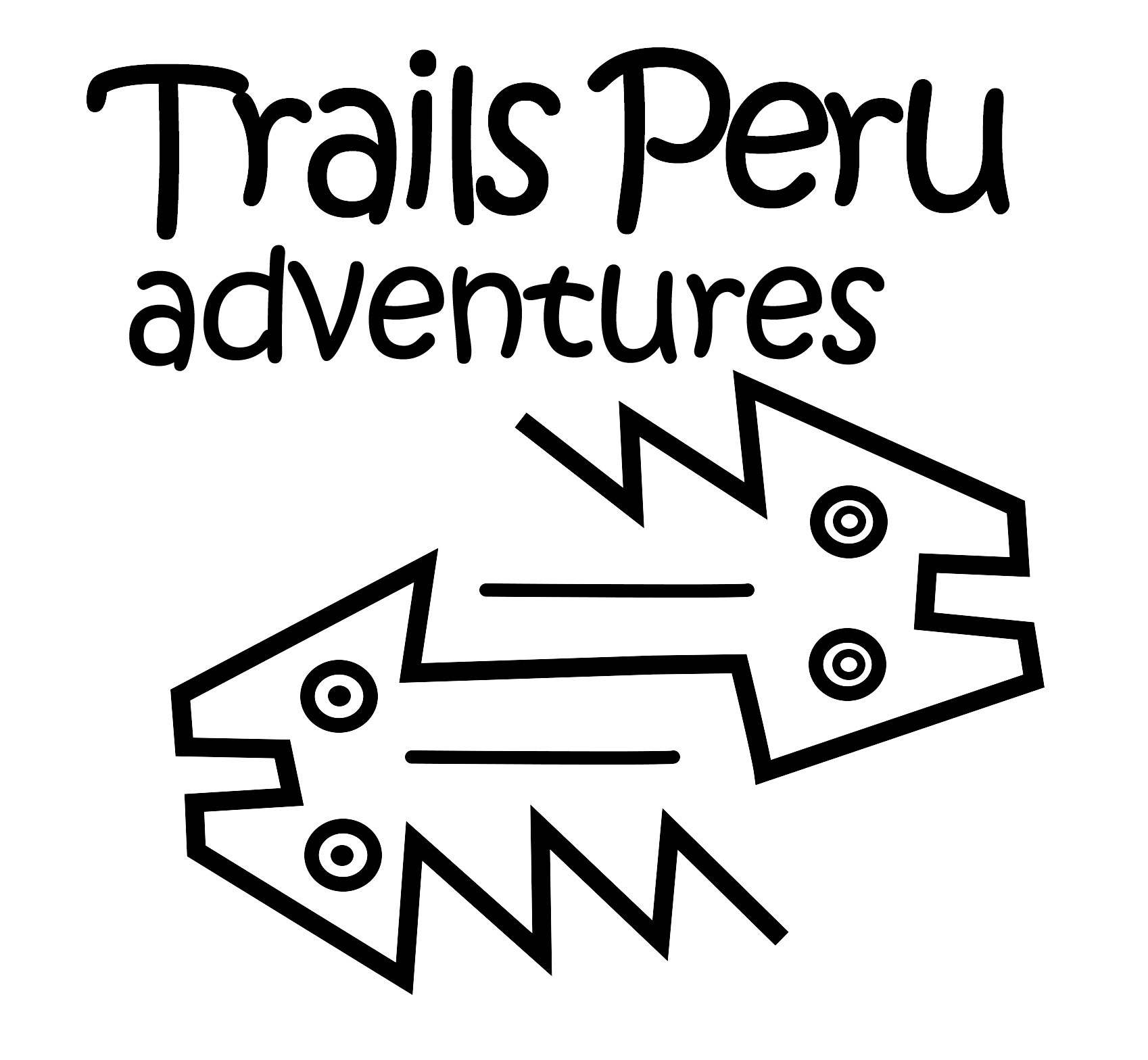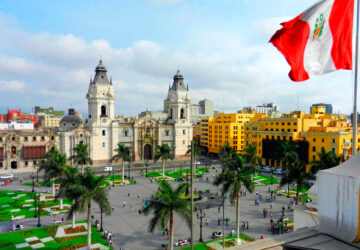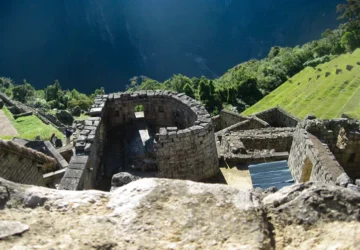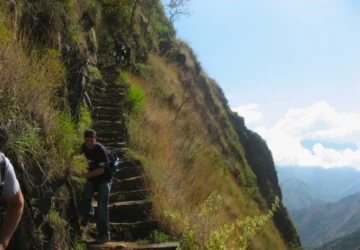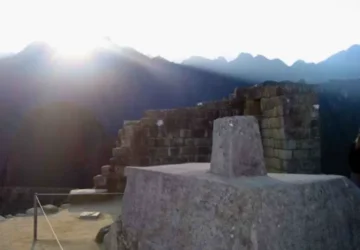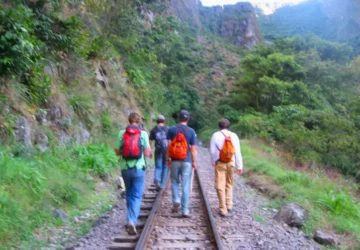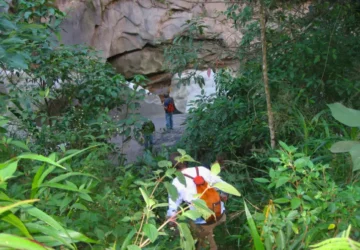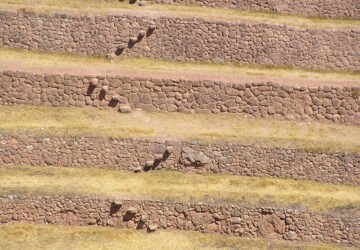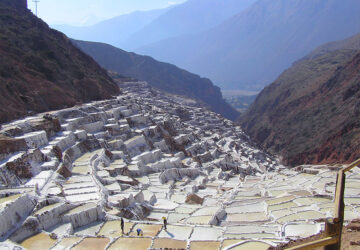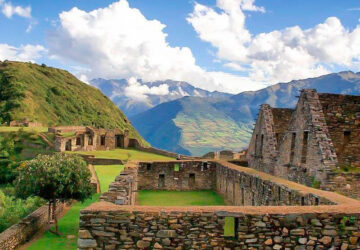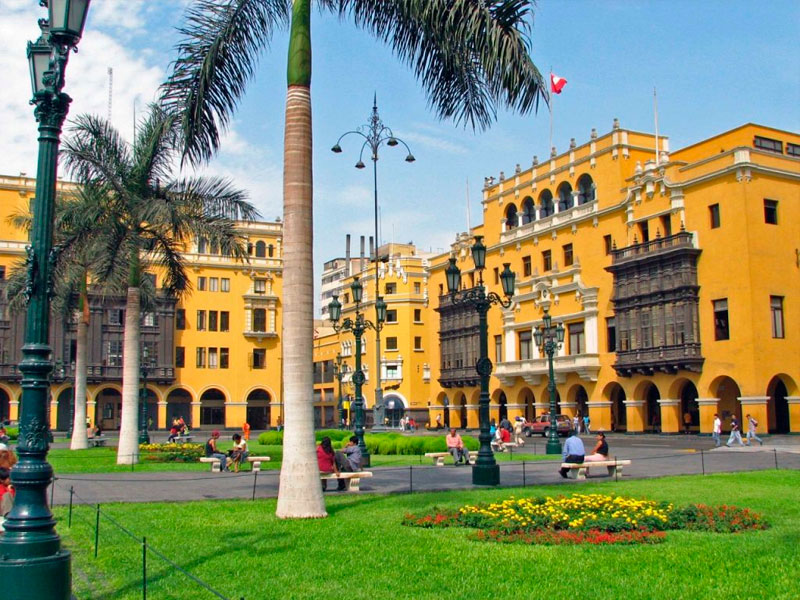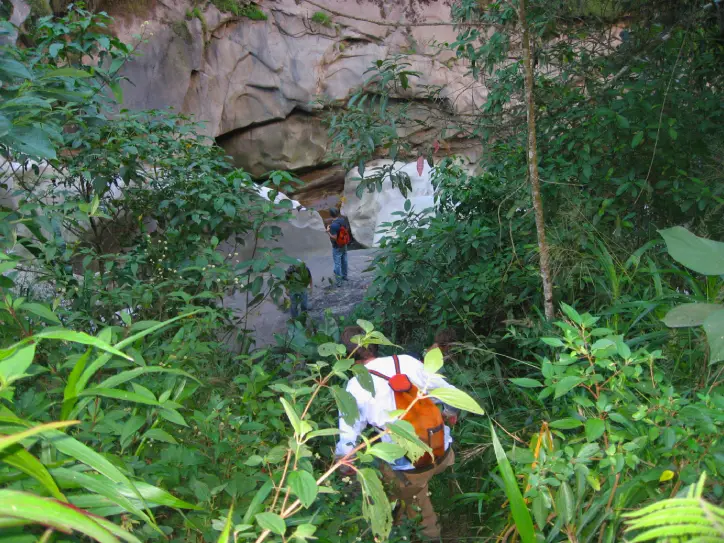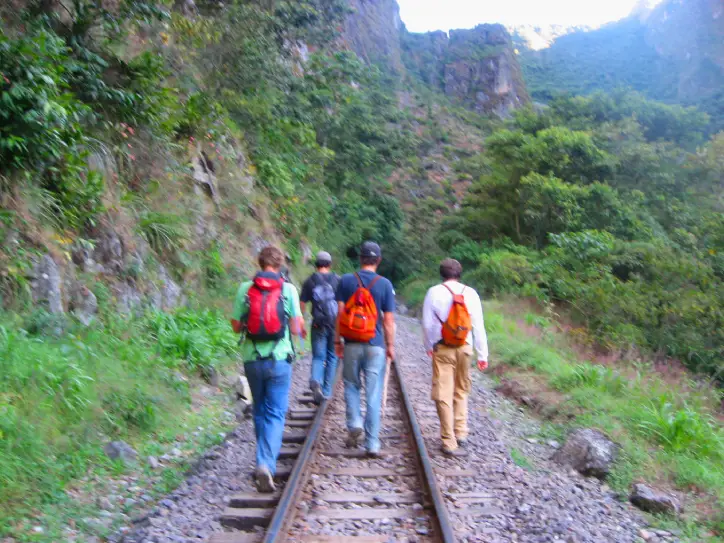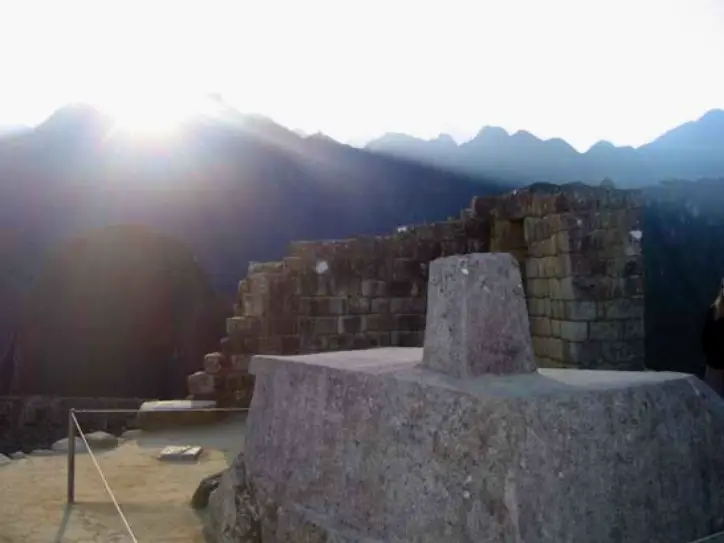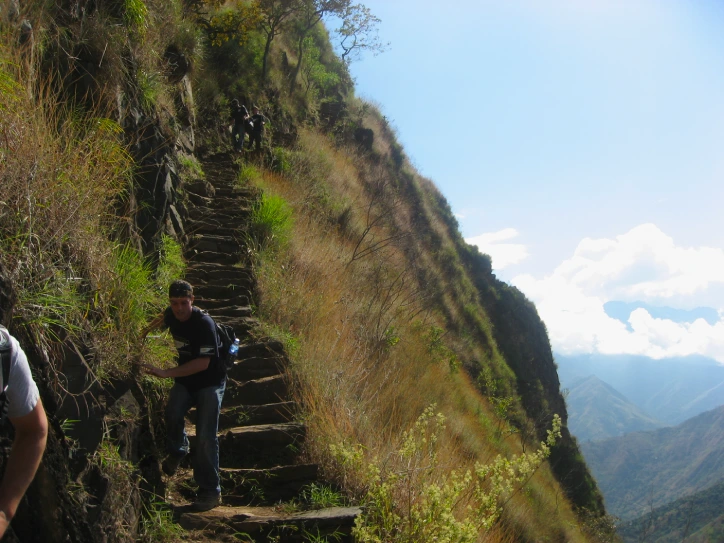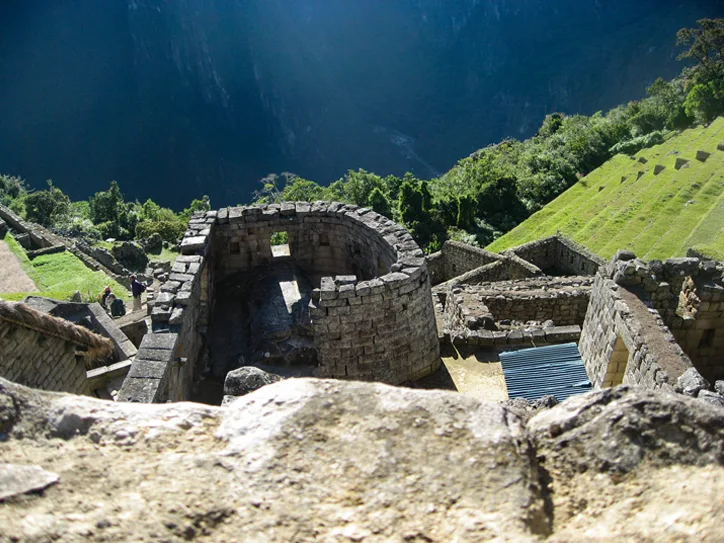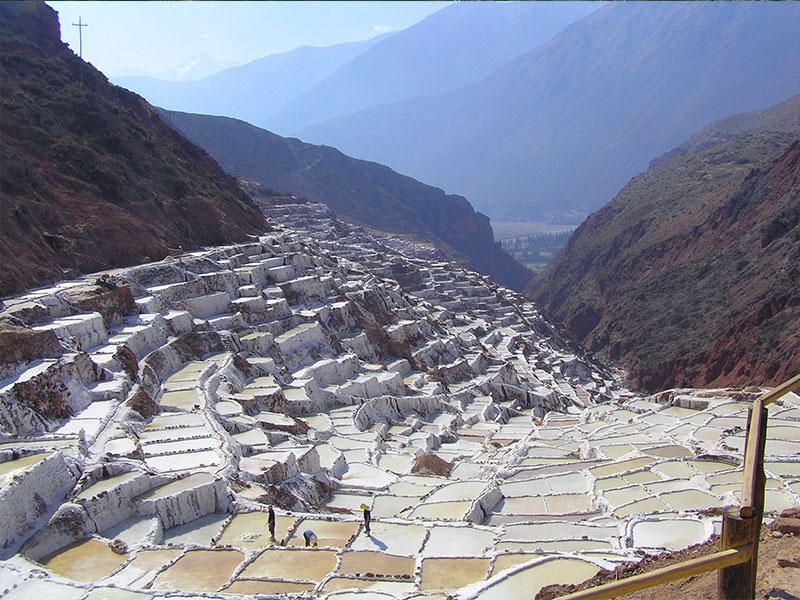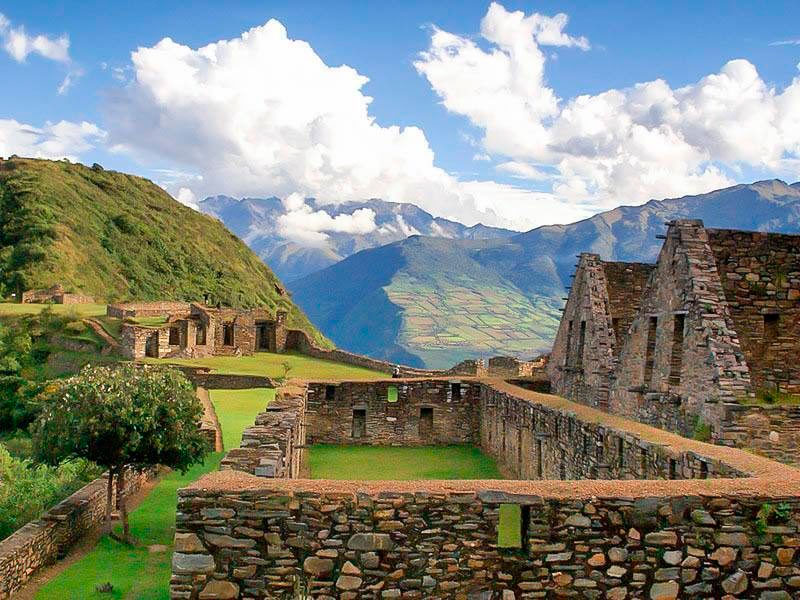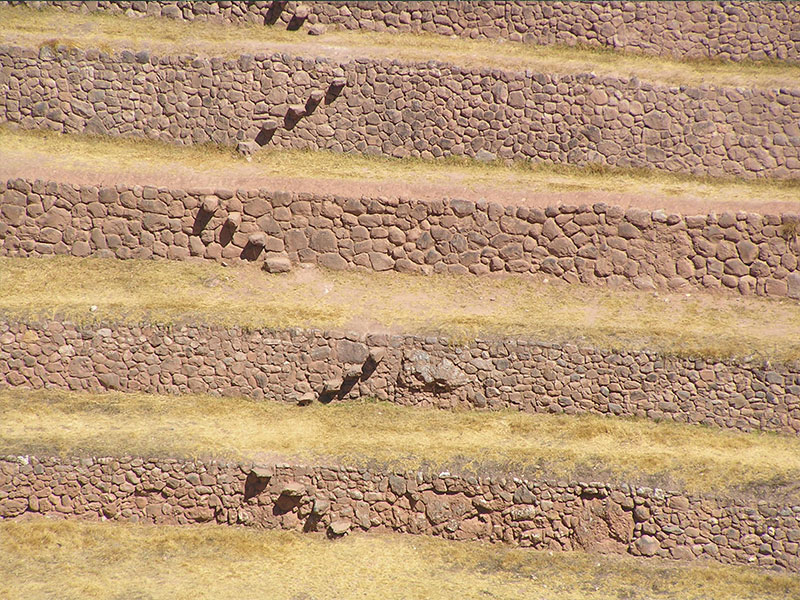USD $700 / per person
Highlights of Quechuas Peru
Enjoy a complete tour including the Classic Inca Trail is Peru’s number one trek and one of the most well-known and popular treks in the world, join us on this nine-day tour to discover…
Peru is one of the most fascinating countries in South America. Our complete tour of the main attractions of Peru includes the Inca Trail to Machu Picchu, one of the most famous treks in the world. Join us on this nine-day tour to discover for yourself the very best of Peru. We will visit Lima, the nation’s capital, the ancient Inca and colonial city of Cusco, and the spectacular ruins of Machu Picchu, the most iconic archaeological site in South America. In the Sacred Valley of the Incas we will visit the typical Andean village of Pisac, with its colorful handcraft market and spectacularly located Inca ruins, as well as the Inca sites at Chincheros and Ollantaytambo.
At the end of the Inca Trail to Machu Picchu, from the Sun Gate high above the ruins we will get our first view of this city which the Incas left intact when they abandoned it sometime in the 16th century. This is the perfect vacation for those seeking to follow in the footsteps of the Incas.
9 Days
Highlights of Quechuas
-
Departure:
Pick up from your Hotel -
Destination:
Highlights of Quechuas -
Departure Time:
06:00 AM -
Return time:
6:00 PM (Approximately) -
Clothing required for the tour:
Warm clothes, including jacket, fleeces, gloves, scarf and beanie/touk. Thermal clothing is also recommended, especially for sleeping. -
Included:
Briefing, Hotel pickup, Private transport (Cusco to trailhead, Cachora to Cusco), Choquequirao entry, Guide, 2-person tent, Basic mattress, Cook, Toilet tent, Optional vegetarian meals, Bio-degradable soaps, Horses with horsemen, Emergency horse, Dining and kitchen tents, Staff tents, First aid kit with oxygen, Textile snack bag, Hot water, Boiled water (morning, night, lunch with notice). -
Not included:
Breakfast on the first morning, Dinner on the last night, Sleeping bags (available for hire), Tips (optional, as agency staff is well-paid).
Day 1: Arrival in Lima
Upon arrival in Lima you will be transferred to your selected hotel. Lima was founded by the Spanish conquistador Francisco Pizarro in 1535, when he made it his capital. Lima possesses many fine colonial buildings and some of the best museums in South America, including the Gold Museum, the Larco Herrera Museum (containing the largest collection in Peru of pre-Hispanic pottery, as well as ancient objects made from precious metals) and the Amano Pre-Columbian Textile Museum. Peru’s capital has much to offer and many of the sights, including the city’s two main squares (the Plaza de Armas and Plaza San Martin), are within easy walking distance. The Plaza de Armas is bordered by the cathedral and the Government Palace, where the changing of the guard can be seen every day at noon.
Day 2: Cusco
We will transfer you from your hotel to Lima airport for the 60-minute flight across the Andes to Cusco, once the capital of the empire created by the Incas. We suggest taking an early flight, so you can see as much as possible during your first day in Cusco!
Once you have had time to freshen up, your guide will meet you for a three hour City Tour of Cusco, the best introduction possible to the archaeological capital of the Americas. This is a relaxed walking tour, suitable for all levels of fitness and designed not to be too demanding on this, your first day at altitude.
You will be picked up from your hotel to begin the tour of the city. The location of your hotel may mean that the order in which you visit the attractions will vary. In the picturesque historic center, the main sights we will visit are the Temple of the Sun, or Coricancha, and Cusco’s cathedral. The Coricancha (“Golden Enclosure”) was the most important religious building in the empire of the Incas. The Spaniards built their first church in Cusco, Santo Domingo, over the Inca temple, the fine stonework of which can still be seen within the main structure of the church. From here we will continue to the cathedral, in the city’s central square, the foundation stone of which was laid in 1560. This marvel of Spanish religious architecture contains around 300 paintings of the so-called “Cusco School”.
While tailoring your itinerary to your personal interests, we can offer you guided excursions to the following attractions:
Day 3: Sacred Valley – Full Day
The Sacred Valley of the Incas is one of the most popular tours in the vicinity of Cusco. Located less than an hour from the city, the Urubamba river valley is home to many Inca archaeological sites, as well as fine scenery and traditional Andean culture. The valley was extremely important during Inca times, when it functioned as an agricultural, spiritual and political center. During this full day tour, we will visit the handcraft market and spectacular hilltop ruins of Pisac, the small town of Urubamba, and the Inca village of Ollantaytambo, with its imposing Inca temple complex.
On the way to the Sacred Valley, it is also possible to stop and visit the ruins of the great fortified temple complex built by the Incas on the hill overlooking the northern side of Cusco’s main square. Many of the blocks from which Sacsayhuaman was built weigh up to one hundred tons each.
Day 4: Cusco/Chincheros/ Maras-Moray/Urubamba
Today we will leave the city of Cusco and head out into the mountains for some gentle hiking on the plains above the Sacred Valley of the Incas, visiting the pre-Inca salt pans of Maras, the Inca concentric agricultural terraces of Moray, and the charming traditional Andean village of Chinchero, which has a beautiful church, interesting Inca ruins and a lively Indian market on Sundays.
We will lunch with a local family at the Chichubamba tourism project. This is a well organized, community-owned initiative facilitating cultural exchange between local people and travelers. Here it is possible to share in local farming activities or simply observe the way of life of this Andean community. Those who opt to learn to make their own pottery can leave their work to be fired in a local kiln and pick it up when they return from Machu Picchu.
Days 5 to 8: Inca Trail to Machu Picchu
During the Inca Trail trek we will cross spectacular high passes and visit a fascinating series of Inca period archaeological sites en route to Machu Picchu, known throughout the world as “the Lost City of the Incas”. An expert local guide will lead the group, and cooks and porters will take care of the detailed logistics and carry all camping equipment, leaving you to carry just a small daypack with your personal gear. The trek begins after an enjoyable bus journey through the Sacred Valley of the Incas, and the first day’s hike is a relatively easy 4½ hour (13 kilometers / 8 miles) walk which will prepare you for the high pass at Warmiwañuska (4,200 meters / 13,775 feet), which we will reach before lunchtime on Day 2. During Day 2 you will cover approximately nine kilometers (5.6 miles) in around 5 to 7 hours, and after crossing another high pass it will be all downhill as the trail winds its way along Inca stone steps to our next campsite. On Day 3 we will pass the ruins of Runkurakay, Sayacmarca and Phuyupatamarca, walking approximately 15 kilometers (9 miles) in around seven hours. On the final morning of the trek, after spending the night near the beautiful Inca ruins of Wiñay Wayna, we will start the day early for the walk to Machu Picchu, looking forward to a spectacular sunrise over the Inca city, seen from the Sun Gate high above the ruins. After we arrive at Machu Picchu there will be plenty of time to enjoy a guided tour of the site and also to explore the city independently.
The lost city of Machu Picchu was originally a fully self-sufficient settlement, surrounded by extensive agricultural terraces where crops could be grown to feed the local population. Natural springs provided a year-round water supply. Located high above the fast flowing Urubamba River, cloud often shrouds the ruins of palaces, ceremonial baths, temples, storage facilities and around 150 homes, all of which are in a remarkable state of preservation.
The ruins were only discovered by the outside world in 1911, when the American explorer Hiram Bingham came across them while looking for another “lost city”, Vilcabamba, the final refuge of the Incas. Huayna Picchu, the mountain that rises up behind the city, forms a spectacular backdrop to Machu Picchu. After spending most of the day at the ruins you will have the chance to soak your tired muscles in the natural hot springs in the small town of Aguas Calientes, or wander through the local markets before boarding the train for the return trip to Cusco.
Day 9: Departure to Lima
After breakfast you will have time for any last minute souvenir shopping or a stroll around Cusco’s picturesque, narrow streets. At a pre-established time you will be picked up from your hotel and transferred to Cusco airport, where you will be assisted during procedures for your flight to Lima.
Please note: If you have an international connection, make sure you allow enough time between your local flight arriving and your international flight departure time.
Itinerary notes
This itinerary is referential, and can be adapted to suit your individual needs or special interests. The itinerary can also be extended to include airport pickups and transfers, a city tour and accommodation in Lima, if required. You may also choose to extend your Peruvian vacation by visiting Bolivia, Ecuador or the Amazon rainforest. Please contact us directly for more information, or ask to see one of our sample itineraries.
Hotel
Deluxe: Sol and Luna
Restaurant
El Huacatay: This small restaurant in Urubamba created by Pio and Iris has become well-known as one of the most creative kitchens in the region.
What is included?
- Pre trek briefing
- Collection from your hotel in the morning of trek departure
- Transport from Cusco to the trailhead at the beginning of the trek in private car
- Entry fee to Machu Picchu (Huayna Picchu $15 extra)
- English/Quechua/Spanish speaking professional guide (you will have an assistant guide for groups over 6 people)
- Tents – 2 people in a 4 person tent which allows for greater comfort, and also storage of backpacks
- Basic foam mattress
- Cook and Cooking equipment (Assistants are provided for larger groups)
- Toilet tent
- Toilet paper, packin &pack out
- Meals (optional vegetarian food). Our professional cooks prepare meals that incorporate elements of the western diet and also traditional Peruvian delicacies. (Please communicate with your guide/cook during the trek if you have a preference for certain types of dishes) Salads, if served, are washed in boiled wáter
- Bio-degradable personal hand soaps
- Horses (for equipment and personal items) including horsemen. They carry camping equipment, food and kitchen utensils. We provide duffel bags at your briefing for your personal items (up to 7 kg/15lbs per person)
- 1 emergency horse which can be ridden if you are feeling ill or if are a little slower
- Dining tent with camp tables and chairs & Kitchen tent for the cook to prepare meals
- Tents for our staff to sleep in
- First aid kit including emergency oxygen bottle
- Bus up and down from Aguas Calientes – Machu Picchu
- Train or equivalent luggage from Hydroelectric station to Aguas Calientes
- Train ticket (Expedition service) from Aguas Calientes to Ollantaytambo
- Private transport from Ollantaytambo to Cusco
- Celebratory dinner in Aguas Calientes
- Lunch on the last day is included
- 1 night accommodation in Aguas Calientes in a basic hotel
- One textile snack bag per person, to avoid the usage of plastic bags that contaminate our environment
- Others: hot water every morning and evening for washing purposes / boiled water to fill in your water bottle every morning and night, and at lunch time if requested with enough time ahead.
What is not included?
- Dinner on the last night
- Huayna Picchu entrance fee: if you would like to climb this mountain an additional fee of US $16 per personal applies Breakfast on the first morning
- Entrance to the thermal springs
- Sleeping bags – If you haven’t got a sleeping bag or you don’t want the hassle of bringing one all the way to Peru with you, then we have sleeping bags for hire
- Tips: please note that our agency staff is well paid so please feel free to tip or not as you wish
What we recommend that your bring :
- A light day pack with a change of clothes for the whole period of the trek – prepare for a vast range of changes in temperature
- Sandals or plastic slip on thongs are also good to give your feet a chance to breath in the evenings if you wish to carry them.
- Warm clothes, including jacket, fleeces, gloves, scarf and beanie/touk. Thermal clothing is also recommended, especially for sleeping
- Sleeping bag (we can hire these to you)
- Hat or cap to protect you from the sun, rain and cold
- Sun block
- After-sun cream or hydrating cream for face and body
- Insect repellent – minimum recommended 20% DEET – although no malaria risk has been reported
- Snacks: biscuits, energy bars, chocolate, raw fruits, muesli, etc.
- Non-disposable canteen (Nalgene type) and water for the first morning.
- Your own medical kit with any special medications that you might require, paracetamol, second skin for blisters etc
- Small towel
- Swimsuit (if you wish to go to the hot springs
- Cash in soles and/or US$
- Original passport
- Rain gear (jacket and pants if available) or rain poncho (plastic ponchos can be purchased in Cusco)
- Strong footwear, waterproof trekking boots recommended
- Flashlight/headlamp and batteries
- Camera and batteries (batteries consume more quickly under cold conditions)
- Water container and water for the first morning. Important notice: plastic water bottles are no longer allowed into Machu Picchu. Plastic water containers (ie. Nalgene) or metal ones are recommended
- Optionally: water- sterilizing tablets in case you pick up water from streams or rivers along the route. Otherwise, we provide filtered boiled water, which is safe to drink and has not reported any health problem so far
- Original International Student Identity Card (in case you have applied for a student discount
- Optional: walking sticks or poles (rubber covers required in order not to damage archaeological sites)
BOOKING THE INCA TRAIL TO MACHU PICCHU: Limits on the capacity of the Inca Trail mean that only 500 people a day are permitted to hike the trail. Therefore, in order to guarantee your place on the Inca Trail to Machu Picchu, you must provide us with a scanned copy of your passport and a non-refundable deposit. Your reservation will only be confirmed when we have your entrance ticket in our hands. If your passport number changes before you start the tour, you must relay this information to us or risk losing your booking. You must take your original passport with you on the trail. Please click here for more information.
